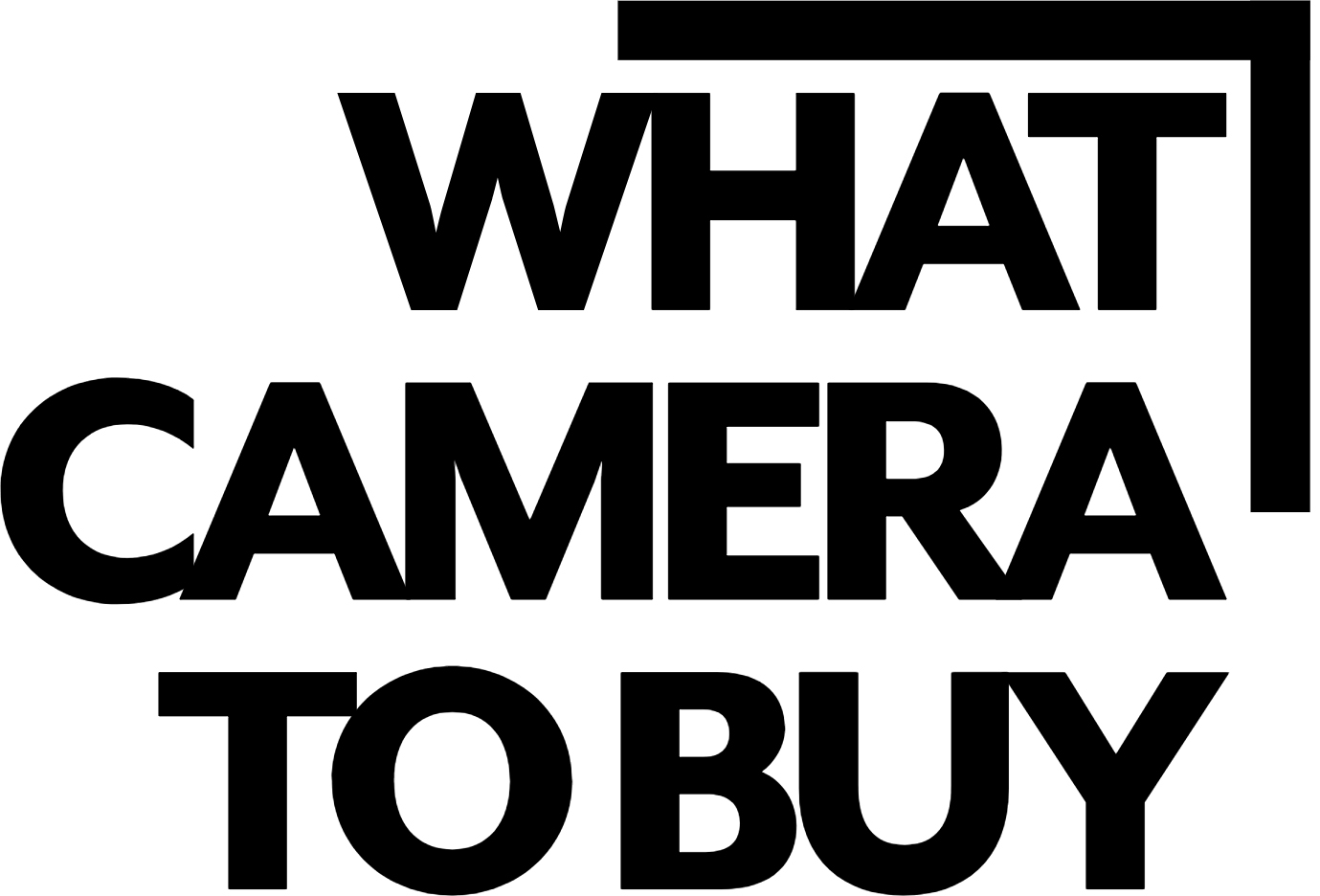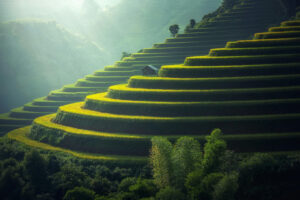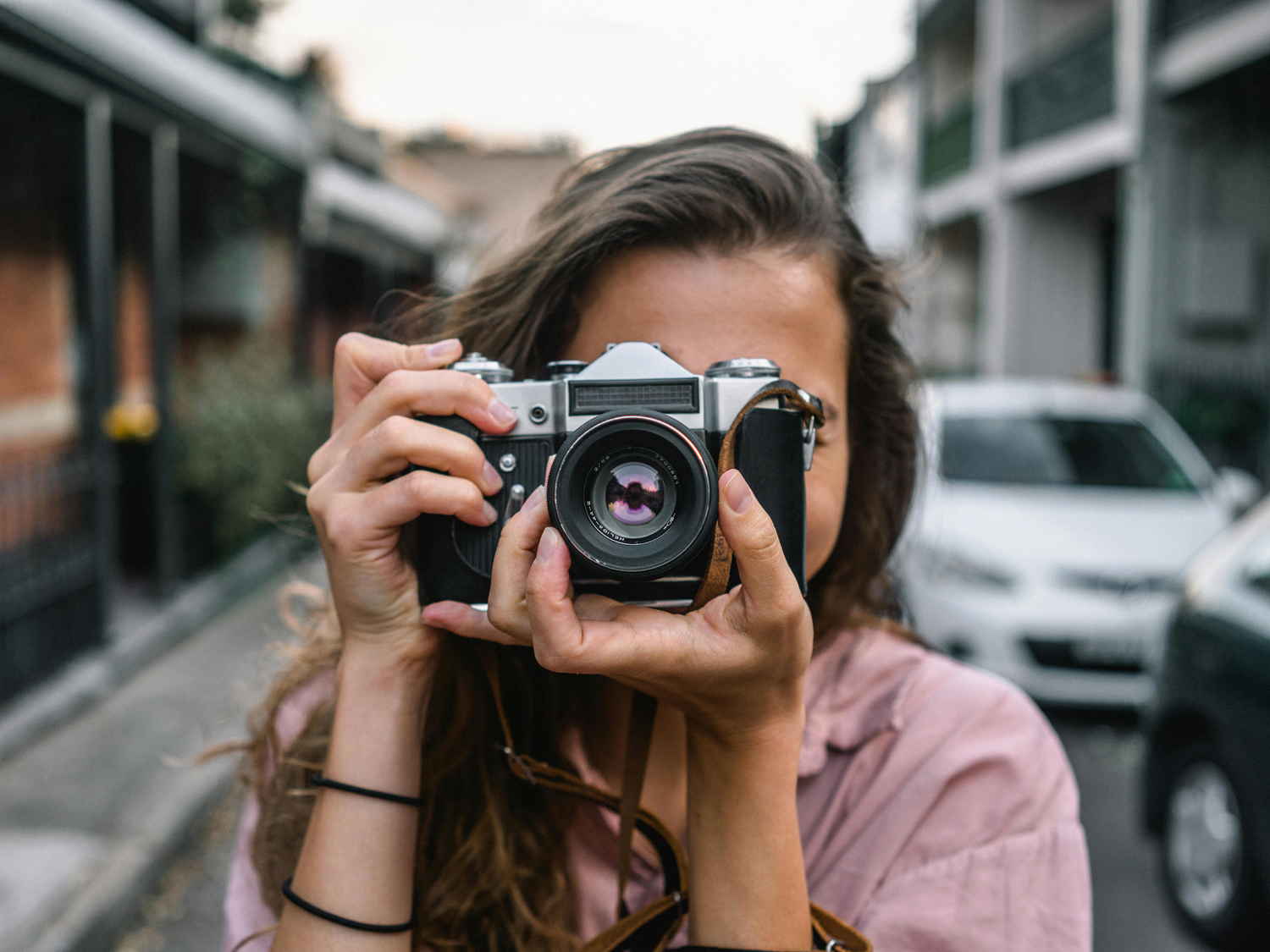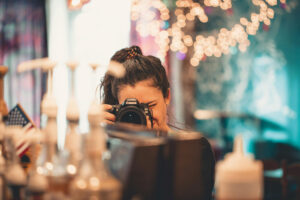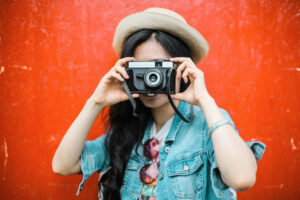What Camera to Buy for Landscape Photography
What Camera to Buy for Landscape Photography?
Landscape photography is a genre defined by patience, an appreciation for light, and an unwavering desire to capture the world’s natural beauty in breathtaking detail. Unlike fast-paced genres, a landscape photographer has time to think, compose, and make deliberate choices. The ideal camera for this pursuit is one that prioritizes image quality, resolution, and the ability to withstand the elements. This article will guide you through the key features to consider, helping you find a tool that empowers your creative vision without mentioning any specific models.
The Pursuit of Detail: Essential Camera Features
The best camera for landscapes is a tool that allows you to capture the scene with the utmost fidelity. The following features are paramount.
- High Megapixel Count: More megapixels mean more detail. For landscape photography, where you are often capturing a vast scene with intricate textures, a high-resolution sensor is a huge advantage. It allows you to create large prints and gives you the flexibility to crop your images without a significant loss of quality. A camera in the 24MP to 60MP range will give you plenty of flexibility.
- Wide Dynamic Range: Dynamic range is a camera’s ability to capture detail in both the brightest highlights and the deepest shadows of a single image. This is a critical feature for landscapes, as you are often shooting scenes with a wide range of light, such as a bright sky and a dark foreground. A camera with good dynamic range will give you more flexibility to recover detail in post-processing and create a more balanced image.
- Weather-Sealing and Durability: Landscape photography often takes you to places with unpredictable weather, from dusty deserts to damp forests. A camera with robust weather-sealing and a durable build is a major asset, as it will protect your investment from dust, moisture, and the occasional bump.
- Live View and Articulating Screen: Landscape photographers often use a tripod and a slow shutter speed. Live View, which allows you to compose your shot on the camera’s screen, is a huge convenience. An articulating or tilting screen takes this a step further, allowing you to compose your shot from low or high angles without straining your back.
- In-Body Image Stabilization (IBIS): While a tripod is a landscape photographer’s best friend, there are times when you can’t or don’t want to use one. IBIS helps to reduce camera shake, allowing you to shoot at slower shutter speeds handheld and still get a sharp image.
The Importance of Lenses and System
The lens you choose is as important as the camera body itself. For landscape photography, you will often use a wide-angle lens to capture the grandeur of a scene. A high-quality wide-angle lens that is sharp from corner to corner is a great investment. While autofocus and continuous shooting speed are not as critical for landscape photography, the image quality of the lens itself is paramount.
When choosing your camera, consider the entire system. Look at the range of lenses available for the system you are considering, as a camera system with a good selection of high-quality wide-angle and telephoto lenses will be a better long-term investment.
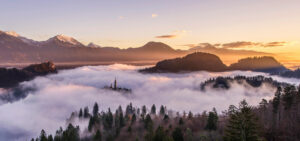
Summary: Your Grand Vista Captured
Choosing a camera for landscape photography is a journey in itself. Your ultimate choice should be based on your commitment to the craft and your budget. Focus on a camera with a high-resolution sensor, excellent dynamic range, and a durable, weather-sealed body. The most important thing is to remember that the camera is a tool. The real art of landscape photography is in your ability to see the light, compose the scene, and patiently wait for the perfect moment. The right camera is simply the one that helps you achieve that vision.
What Camera to Buy for a Beginner

What Camera to Buy as a Beginner?
Starting your journey into photography is an exciting time. The market is saturated with options, from simple point-and-shoot cameras to complex professional systems. As a beginner, your goal is to find a camera that allows you to learn the fundamentals of photography, while also providing enough room to grow and develop your skills. The ideal camera for a beginner is not necessarily the most expensive or the most feature-packed, but rather one that is intuitive, reliable, and provides a balance of convenience and creative control. This article will guide you through the features that matter most for a new photographer and discuss the trade-offs between buying a new, entry-level camera and an older, more advanced model, without recommending any specific camera by name.
What a Beginner Needs in a Camera
A beginner’s camera should be a tool for learning, not a barrier to creativity. The following features are the most important to consider.
- Manual Controls: A good beginner camera should allow you to shoot in manual mode. This means you can control the three pillars of photography: aperture, shutter speed, and ISO. By learning to adjust these settings, you will gain a deeper understanding of how to control light and create different effects in your images.
- Interchangeable Lenses: One of the biggest advantages of a dedicated camera is the ability to change lenses. An interchangeable lens system allows you to experiment with different types of photography, from wide-angle landscapes to up-close portraits. Investing in an ecosystem of lenses is a better long-term strategy than buying a fixed-lens camera.
- Ergonomics and Feel: The camera should feel good in your hands. You should be able to hold it comfortably and access the most important controls easily. An intuitive and straightforward menu system is also a huge plus, as it will help you find what you need without feeling overwhelmed.
- Autofocus System: While learning manual focus is a great skill, a reliable autofocus system is essential for capturing everyday moments. Look for a camera with a fast and accurate autofocus system that can lock onto your subject quickly and reliably.
- Screen and Viewfinder: A good quality screen is a huge convenience, especially one that is articulated or tilts, as it allows you to compose your shots from unique angles. A good viewfinder, whether optical or electronic, is also important, as it helps you to see what the camera sees and compose your shot more accurately.
The New vs. Used Debate for Beginners
For a new photographer, the decision between buying a new camera and a used one is a major factor in their budget.
New, Entry-Level Cameras
Pros:
- Modern Features: New cameras offer the latest technology, including improved autofocus systems, high-quality video capabilities, and wireless connectivity for easy sharing. They often come with a guided menu system that can help a beginner learn about different shooting modes.
- Warranty and Reliability: A new camera comes with a manufacturer’s warranty, providing a safety net in case of a hardware problem. You can be confident that the camera has not been used and is in perfect working order.
- Compact and Lightweight: Many new entry-level cameras are smaller and lighter, making them easy to carry around and less intimidating to use.
Cons:
- Compromises in Build Quality: To keep costs down, entry-level cameras often have a more plastic build and may lack weather-sealing. They may feel less robust than more expensive models.
- Potential for Over-Automation: Some beginner cameras have too many “auto” modes and presets, which can be a crutch and prevent you from truly learning the fundamentals of photography.
Used or Older, More Advanced Models
Pros:
- Exceptional Value: You can often find a used, older, mid-range or even professional-grade camera for the same price as a new, entry-level one. This can get you a camera with a larger sensor, a more durable build, and advanced controls.
- Professional-Grade Features: An older, more advanced camera may have a superior autofocus system, better low-light performance, and a more robust body. It may also have more physical dials and buttons, which can be a great way to learn about the camera’s functions.
- Access to a Wider Lens Market: An older camera system has a vast market of used lenses available at a great price, allowing you to build out your kit for less money.
Cons:
- Outdated Technology: An older camera may lack modern conveniences like wireless connectivity, a tilting touchscreen, and advanced video features. The autofocus system may be a bit slower.
- Wear and Tear: You have to be more careful when buying a used camera, as its condition can be unpredictable. You won’t have a warranty, and any repairs will be out of pocket.
- More Complex: An older professional-grade camera may have a more complex menu system and a steeper learning curve for a true beginner.

Summary: Your First Step into Photography
The best camera for a beginner is the one that you will actually use. While a new, entry-level camera with its modern conveniences and user-friendly interface is a great way to start, an older, more advanced model can offer an incredible amount of value and a more robust shooting experience. The key is to find a camera that allows you to experiment with manual controls and gives you the flexibility to grow your skills. Remember, the camera is just a tool. The real magic happens when you learn to see the world through a new lens and capture your unique vision.
